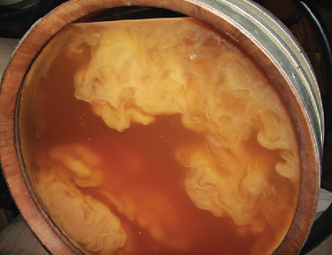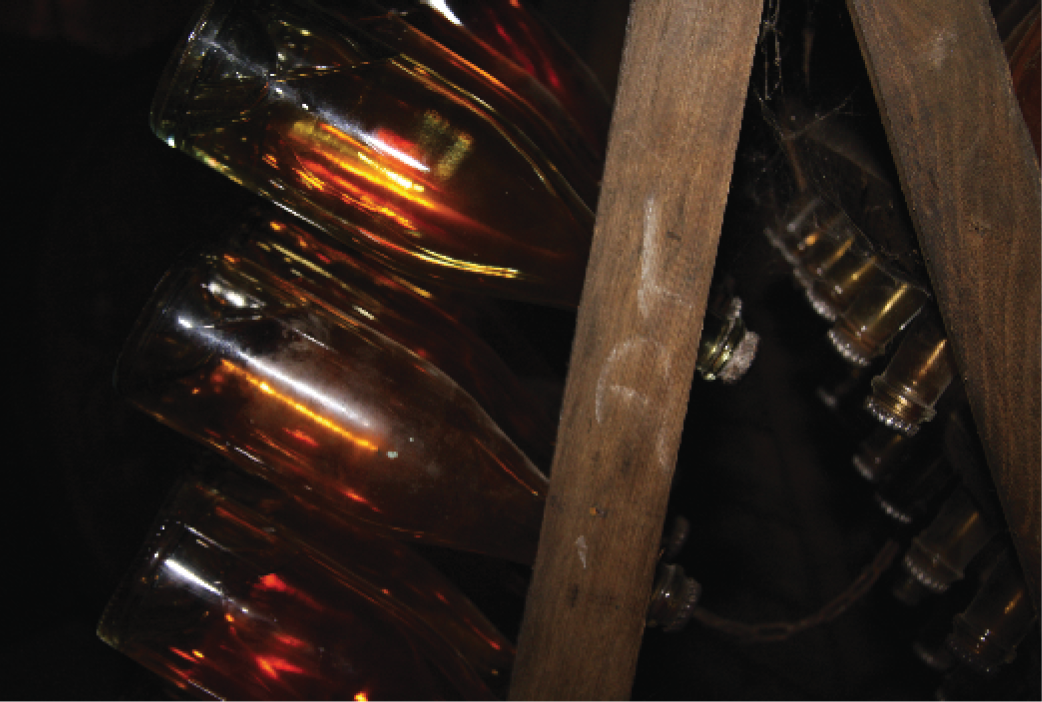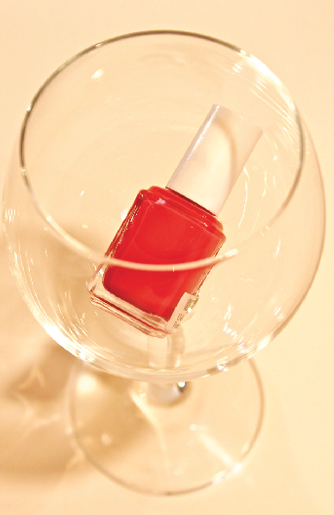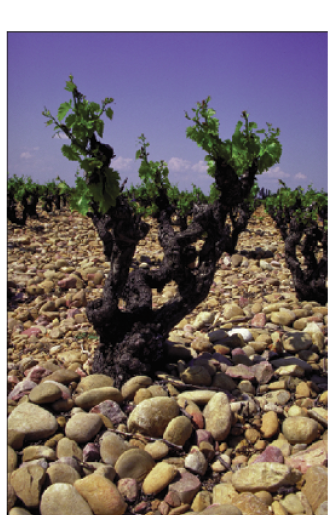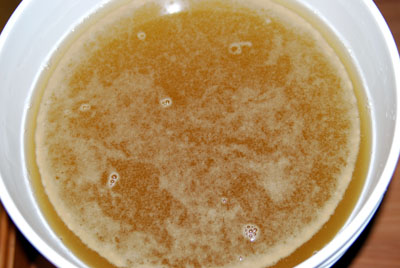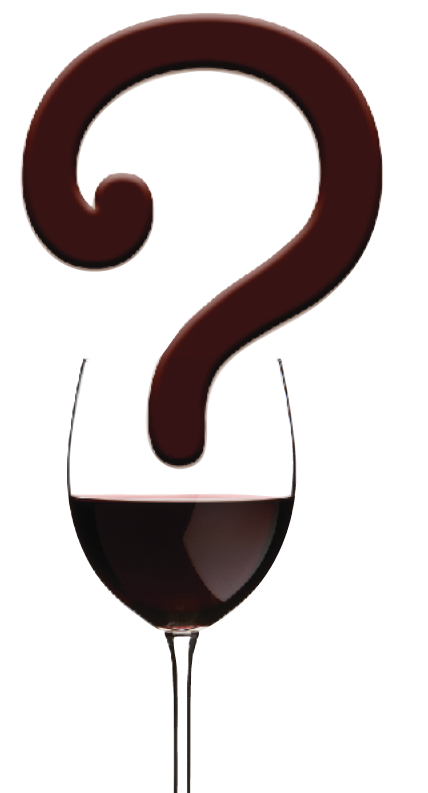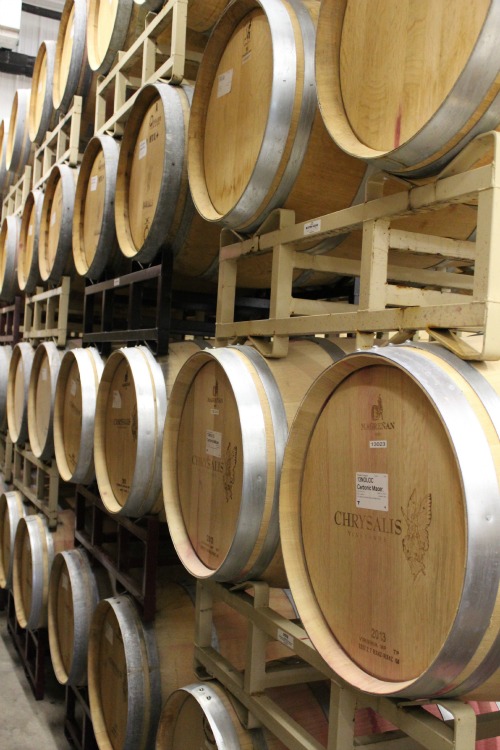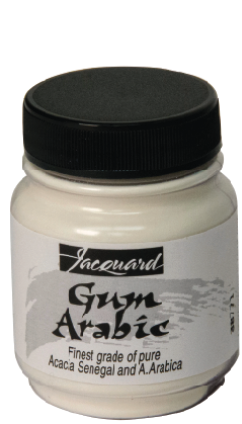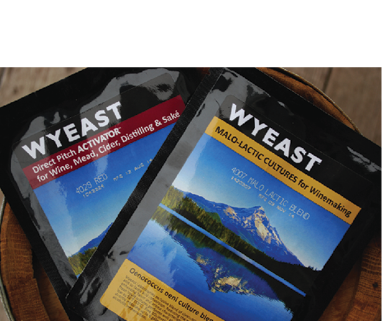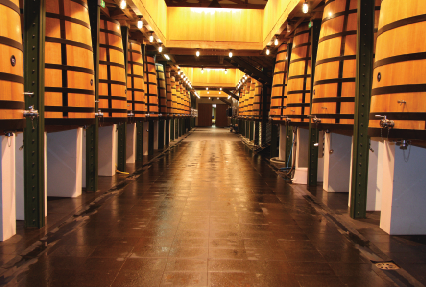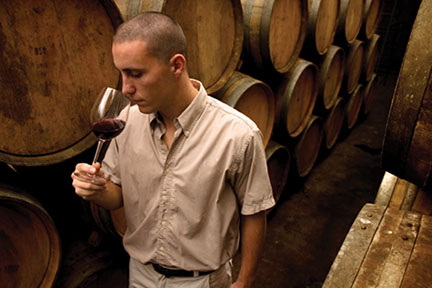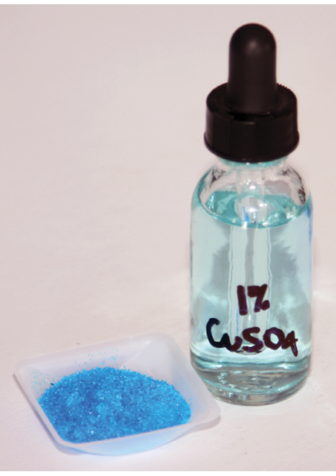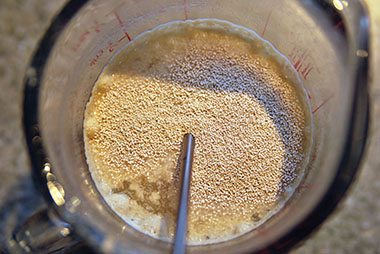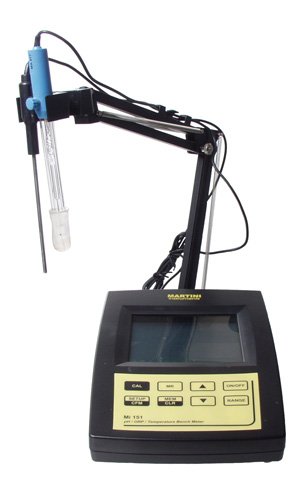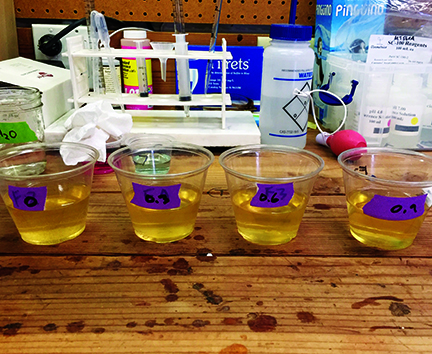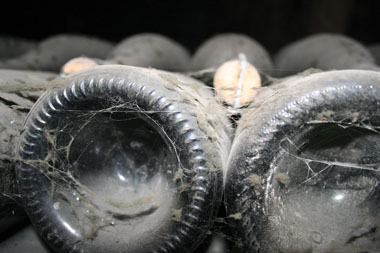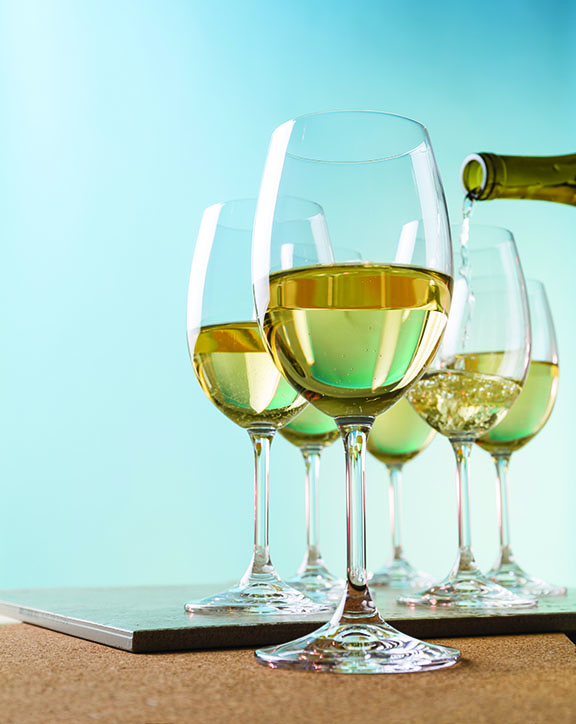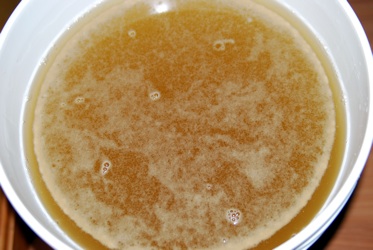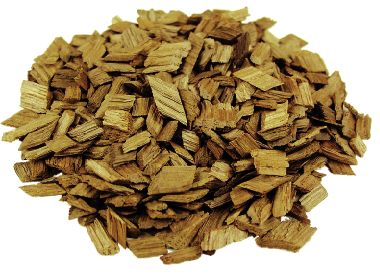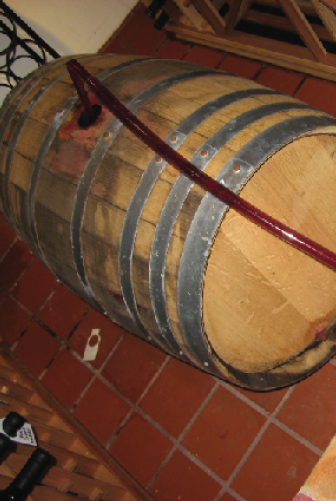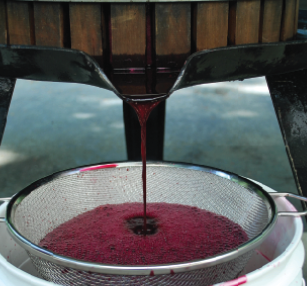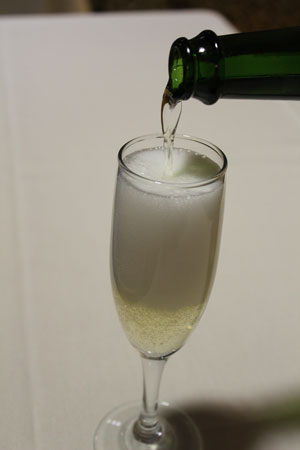Writer: Daniel Pambianchi
Bâtonnage Winemaking Techniques
You want to add extra body and mouthfeel to your wines, or perhaps enhance those buttery or yeasty aromas and flavors in your barrel-fermented Chardonnay? Or maybe even round out those sharp
Sparkling Techniques
There is nothing as refreshing and enjoyable as a chilled bottle of mousseux (foamy), or fine bubbly. No longer are sparkling wines simply uncorked to celebrate a new year or a kid’s
Higher Alcohol Off-Odors in Wine
Did you ever create a wine that seemed more viscous than your typical wine, or which may have exhibited heavier fruity odors, or perhaps a solvent-like smell? The culprits may well be
Managing Minerals in Winemaking
Mineral deficiencies or excesses can become sources of frustration for amateur winemakers because minerals, metals, and other ionic substances cannot be easily measured and their role in biochemical and chemical reactions can be quite complex. So where do these substances come from and how can they be best managed in a home winery?
Yeast Impact on Wine Aroma and Flavor
If you are of the opinion that yeast selection does not matter and that the only role of yeast is to convert sugar into ethyl alcohol (ethanol), you may have been missing out on making more complex wines.
Top 10 Winemaking Myths
As in many practices with a longstanding tradition before the scientific knowledge caught up, the field of wine and winemaking has its share of myths, misconceptions, and sheer quackery.
Impact of Barrel Kinetics and Dynamics on Wine
Oak barrels have long been used primarily for aging red wines but also to shape the style of certain white varietals, such as Chardonnay, into fuller-bodied wines. Oak wood imparts what is
Gum Arabic: Winemaking’s Secret Weapon
Gum arabic can do so many great things for your wines, from improving mouthfeel, making a thin wine taste fuller bodied, rounding out rough edges of grape tannins, increasing persistence of bubbles in sparkling wine, prolonging the action of metatartaric acid, to treating iron-induced oxidation problems.
Co-Inoculation with Wine Yeasts and Bacteria
Ask 5 winemakers and you may get 6 opinions about co-inocculation. But what does the science say?
Oxidation in Winemaking
The early signs of oxidation are orange to brown colors developing in your wine. In white wine, the same exact wine (pictured above) can go from white (left) to brown (right) if
Winemaking Tips from Bordeaux
Bordeaux. The mere mention of the name conjures up images of centuries-old chateaus, pristine vineyards and superlative wines that have set the highest standards the world over. Bordeaux wine styles are the
Brettanomyces
If you’ve ever tasted a wine that had a funky “barnyard” quality to it, you already know what Brettanomyces can do. Find out how to prevent it in your home winery.
Volatile Sulfur Compounds and Hydrogen Sulfide in Wine
If you have ever encountered volatile sulfur compounds in wine, of which hydrogen sulfide is the most common, you know how repulsive the smell can be. Learn the causes and solutions.
How Wine Yeast Works
In addition to alcoholic fermentation, the yeast used to ferment wine also metabolize other substances into byproducts. Learn more about how wine yeast works.
Monitoring & Adjusting pH
pH greatly affects the taste of wine as well as microbial stability. It can make the difference between drinking the wine or pouring it down the drain. Make sure you know when it should be analyzed and make the necessary adjustments.
Mastering Wine Acid Balance
Sometimes the acidity of your grapes, juice, or wine will need to be adjusted. Learn some of the finer details surrounding how, and when, to make those acid adjustments to your wine.
Make Wines to Age
It starts with great fruit, but to make age-worthy red wine the winemaker must also consider acidity, tannins, sulfur dioxide, oxygen, cellaring conditions, and how all of these factors (and others) relate to each other.
Cool Fermentations
Want to preserve the delicate aromas in your white wines? Learn these hot tips for running a cool fermentation.
Understanding Yeasts
Without yeast, there can be no wine. But the role of wine yeast goes well beyond alcoholic fermentation — the biochemical process of converting sugar into ethyl alcohol and carbon dioxide. Yeast
Choosing A Wine Yeast Strain
Yeast selection is one of the most important winemaking decisions as the chosen yeast strain is, to a large extent, what shapes the wine, influences organoleptic (sensory) qualities, and reduces the risk
Tannin Chemistry
Soft, silky, velvety, youthful, puckery, aggressive, harsh, bitter, astringent: These are all adjectives used in winespeak to describe the many taste sensations from tannins in red wines. Learn about the science behind them
Oak Barrel Chemistry
The benefits of fermenting or aging wine in toasted oak barrels are indisputable and unmatched by any other type of wood. Not only do oak compounds impart aromas and flavors as well
10 Winemaking Techniques You Should Know
Q. What is the difference between good and superlative wines? A. The WOW! factor. A good wine offers everything that the varietal or style is meant to provide. While it can provide
Force-Carbonating Wine to Sparkle: Counter pressure bottle method
Ah! There’s nothing like a nice bottle of chilled bubbly to sip as an aperitif while preparing dinner, or for those of you who already cannot wait for summer, to sip on
Understanding Sparkling Wines
Learn about the different ways to make sparkling wine at home.
